|
Kingfishers are one of the most frequently seen birds in Kabalebo, yet they are still one of the most difficult birds to photograph. Kingfishers can be easily recognized by their large head and large bill. They are true kingfishers as they live from fish and crabs. Food that is found near or in the water. Kingfishers are active during the day. They are either perched or fly straight and fast just above the water surface. In Kabalebo there are 5 types of Kingfishers:
Even though Kingfishers are common birds in Kabalebo, they are still one of the most difficult birds to photograph. The main reason is that they never sit still on one spot the moment the boat is passing by. I managed to photograph 3 out of 5. The Ringed Kingfisher (Megaceryle torquata) is the largest amongst the 5 kingfishers - 40 cm. It is called the Ringed Kingfisher due to the clear white ring around its neck and throat. Sometimes it also sports a visible crest, as seen in the picture above. Usually spotted alone, sometimes as a couple close to the river. The Amazon Kingfisher (Chloroceryle amazona) is the second largest kingfisher in Kabalebo - 28 cm. Picture below you can see an Amazon Kingfisher's couple perched near the Sandcreek. Another kingfisher, the Green Kingfisher (Chloroceryle americana), is often confused with the Amazon kingfisher. I completely understand why as both are dark green and the males sport a rufous chest. But a closer look reveals some difference in appearance. The Green Kingfisher is a bit smaller than the Amazon Kingfisher - 19 cm. Second the Green Kingfisher's upper wings are white dotted. The Amazon lacks the dots. Like I said before, Kingfishers are common birds but so difficult to photograph. With a lot of patience and a better camera lens I managed to shoot 3 out of 5. For the other 2 I need some more patience and tolerance to succeed. The main reason why I still can't photograph the Green and Rufous Kingfisher (Chloroceryle inda) and the American Pygmy Kingfisher (Chloroceryle aenea) is that both prefer shady spots. They are seldom out in the open and unlike the others they are pretty quiet ones who don't give away their hiding spot the moment they fly away. Another thing is that the American Pygmy Kingfisher is the smallest amongst the kingfisher's family - 13 cm. But …. the mission will continue! You may also like the following post:
Comments are closed.
|
Archives
June 2024
Categories
All
|
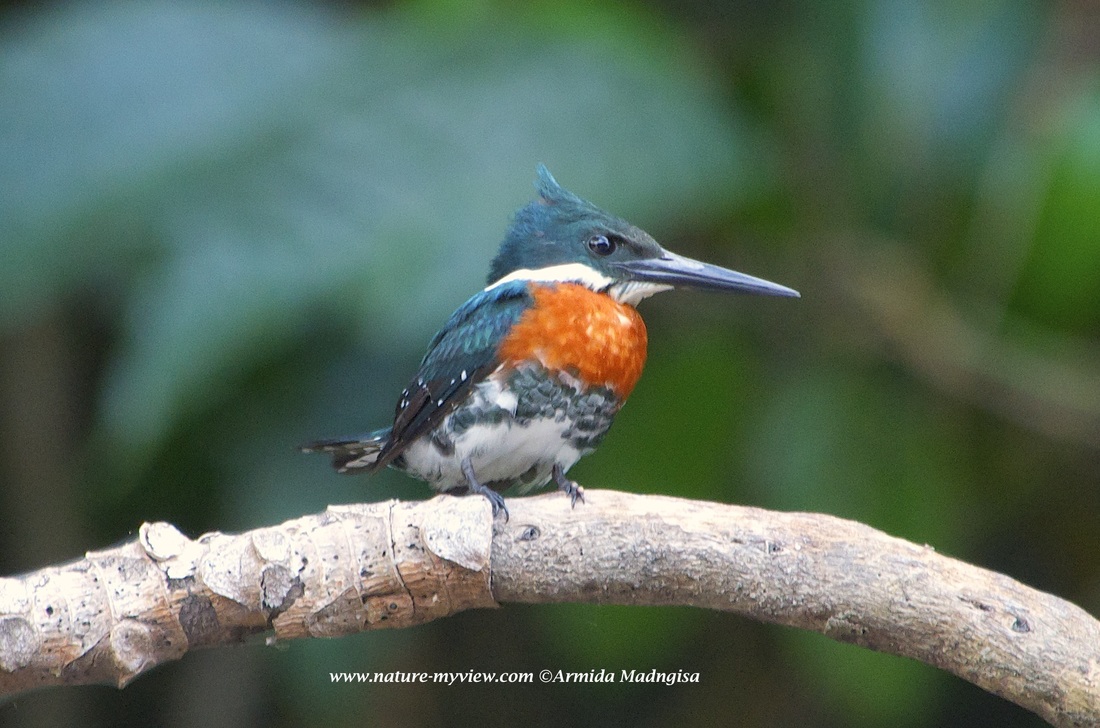

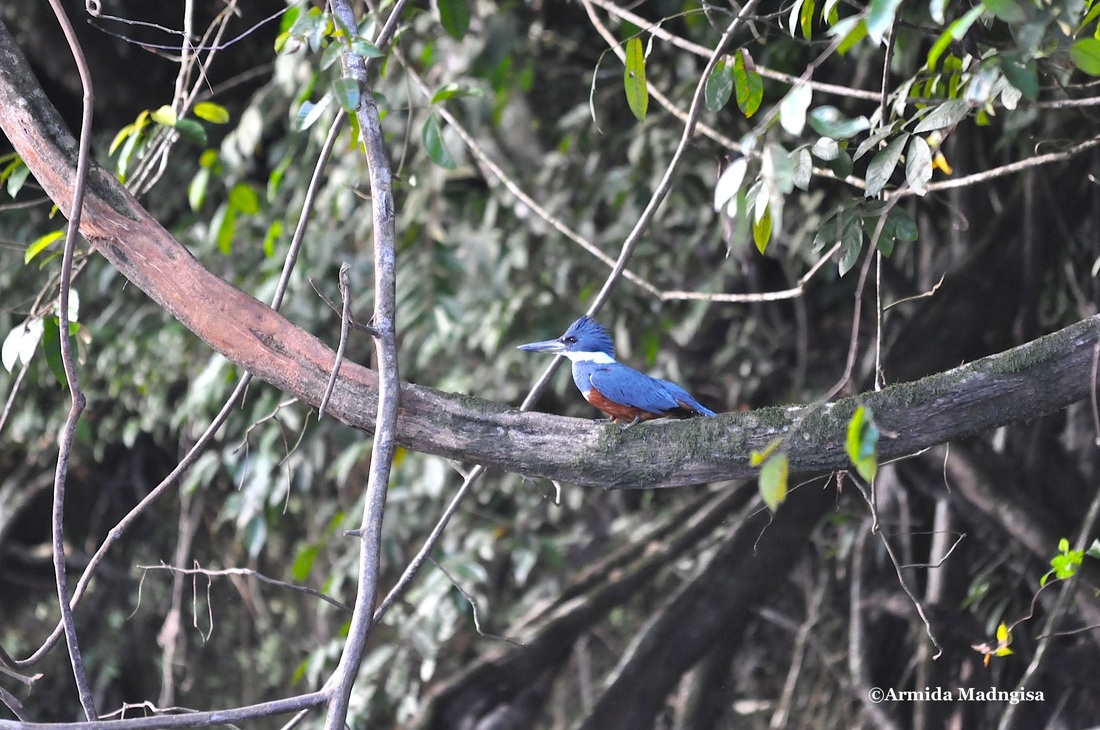
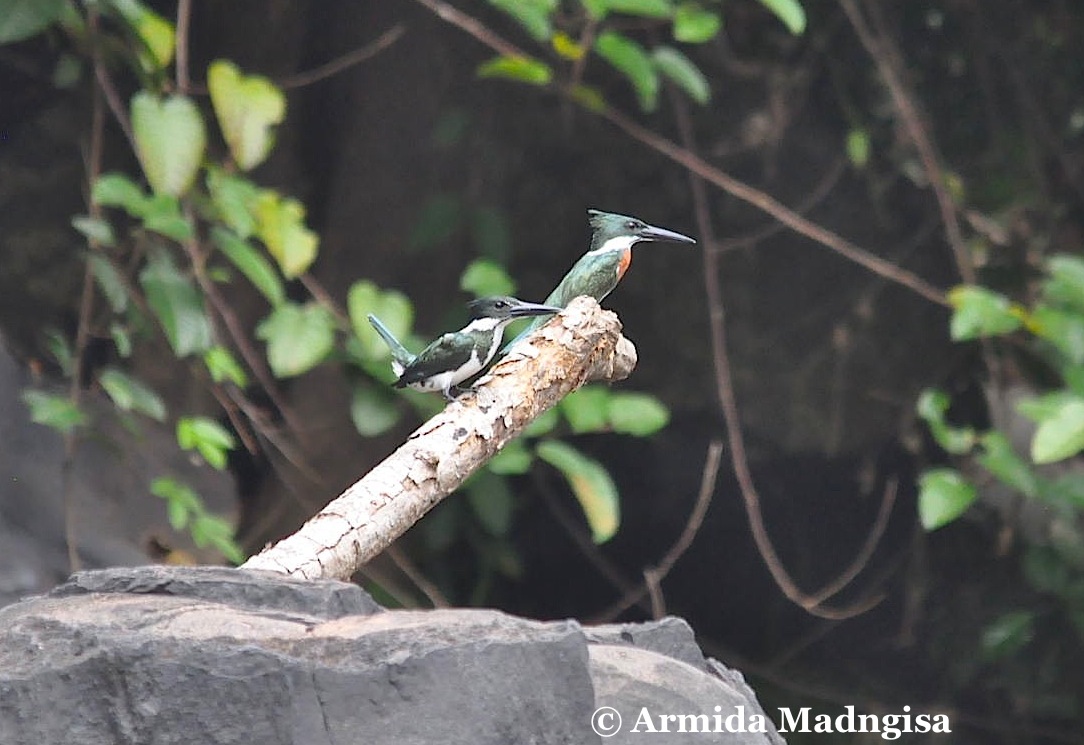
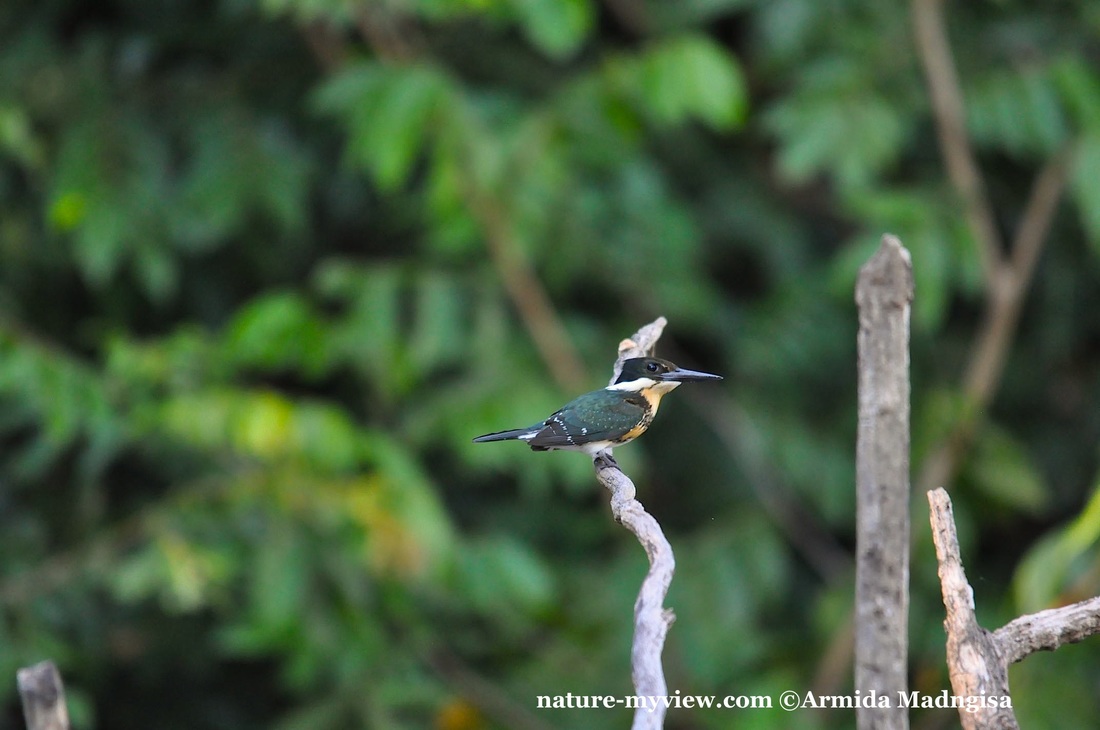
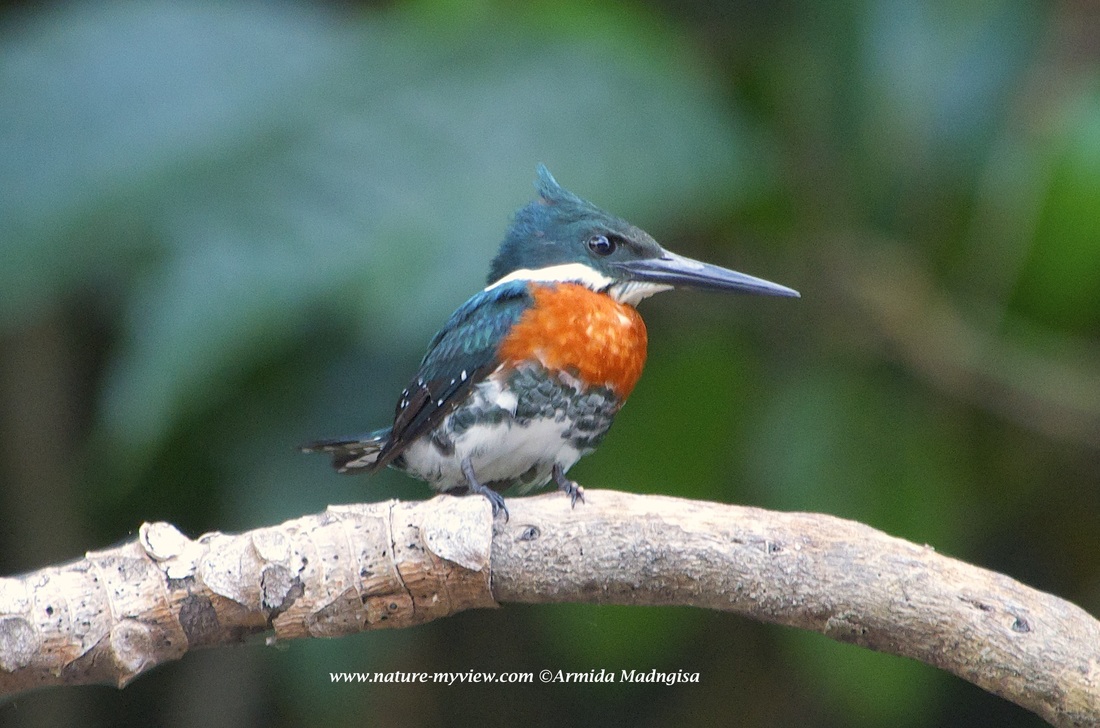
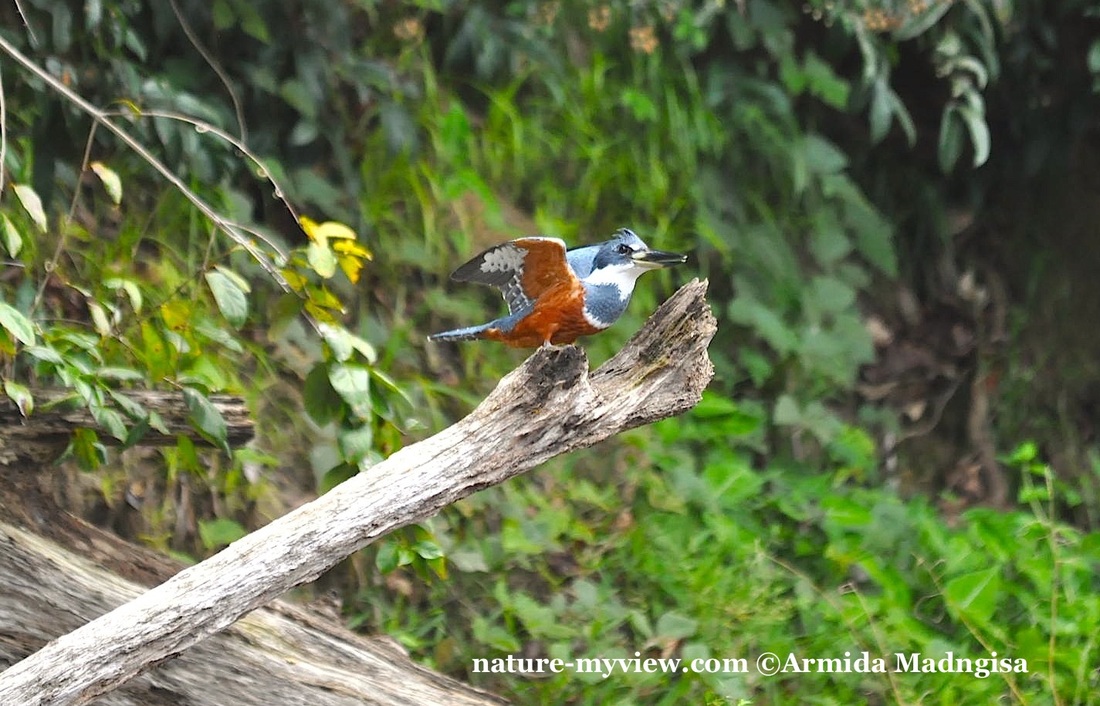
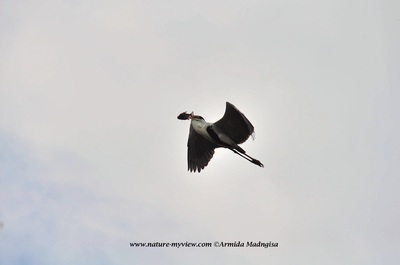
 RSS Feed
RSS Feed